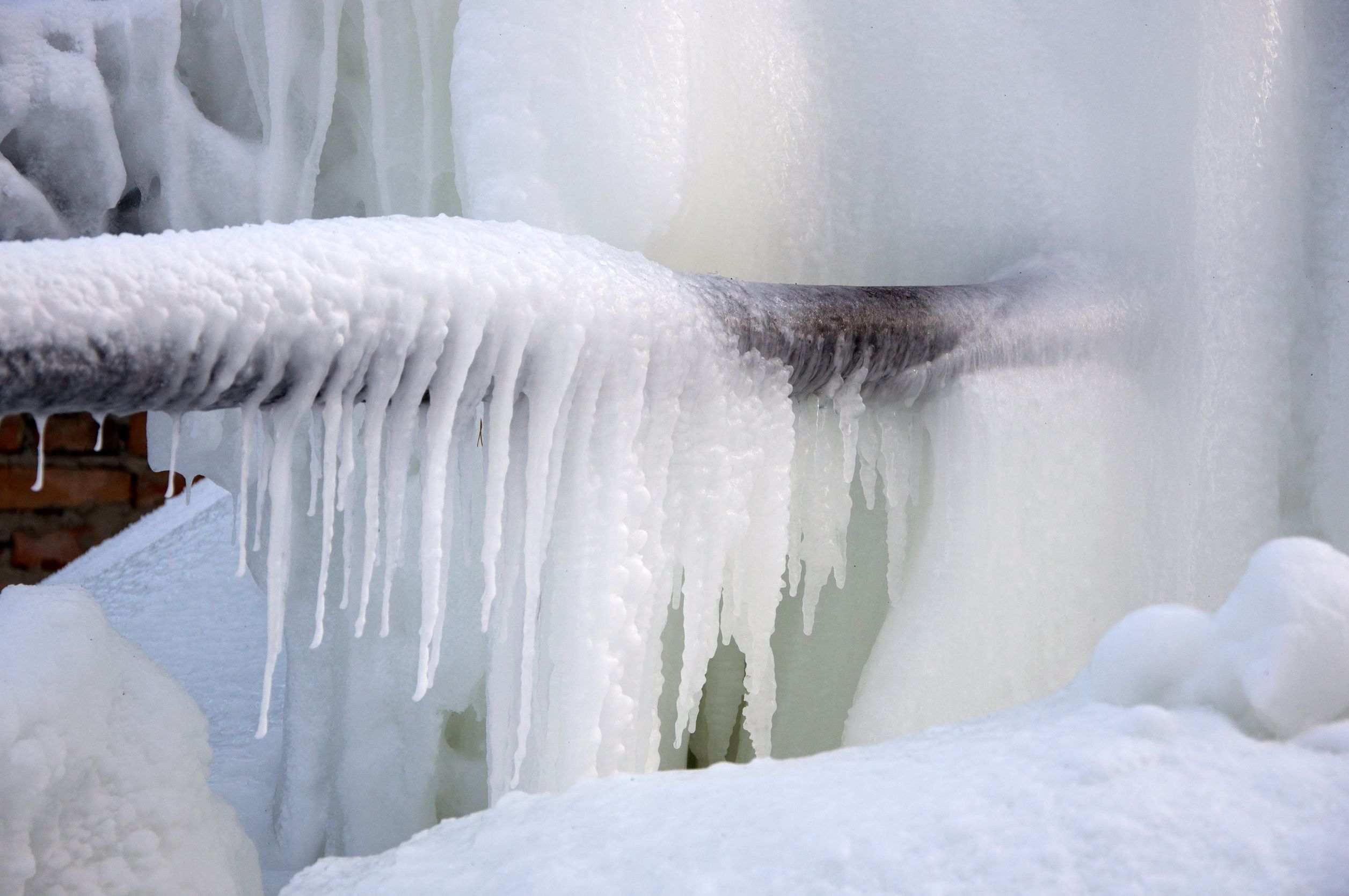Avoiding Frozen Pipes in Winter: Essential Tips
Avoiding Frozen Pipes in Winter: Essential Tips
Blog Article
Just how do you feel in relation to Winter Plumbing Precautions: Preventing Frozen Pipes?

Winter can damage your pipes, particularly by freezing pipelines. Here's how to prevent it from happening and what to do if it does.
Intro
As temperature levels decline, the risk of icy pipelines rises, possibly resulting in expensive repairs and water damages. Understanding how to stop icy pipelines is critical for house owners in cold climates.
Recognizing Icy Pipelines
What causes pipelines to freeze?
Pipes ice up when exposed to temperature levels below 32 ° F (0 ° C) for prolonged periods. As water inside the pipelines freezes, it broadens, putting pressure on the pipe walls and potentially causing them to burst.
Dangers and problems
Frozen pipes can lead to water system interruptions, building damages, and expensive repairs. Ruptured pipes can flooding homes and create extensive architectural damage.
Signs of Frozen Water Lines
Identifying frozen pipes early can stop them from bursting.
Exactly how to identify frozen pipes
Look for reduced water flow from taps, unusual odors or noises from pipes, and noticeable frost on subjected pipelines.
Prevention Tips
Shielding prone pipelines
Wrap pipes in insulation sleeves or utilize heat tape to shield them from freezing temperature levels. Concentrate on pipelines in unheated or external locations of the home.
Home heating methods
Maintain indoor areas sufficiently heated, specifically locations with plumbing. Open up cupboard doors to permit cozy air to distribute around pipelines under sinks.
Protecting Outdoor Plumbing
Yard pipes and outdoor taps
Detach and drain yard hose pipes prior to wintertime. Mount frost-proof spigots or cover outdoor faucets with shielded caps.
What to Do If Your Pipelines Freeze
Immediate actions to take
If you presume frozen pipes, maintain faucets available to relieve pressure as the ice melts. Utilize a hairdryer or towels soaked in hot water to thaw pipes slowly.
Long-Term Solutions
Structural modifications
Think about rerouting pipes away from exterior wall surfaces or unheated locations. Add added insulation to attics, basements, and crawl spaces.
Updating insulation
Purchase high-quality insulation for pipelines, attic rooms, and wall surfaces. Appropriate insulation aids preserve regular temperatures and decreases the danger of icy pipelines.
Conclusion
Protecting against frozen pipes requires proactive measures and quick reactions. By recognizing the causes, indications, and preventive measures, homeowners can protect their plumbing throughout cold weather.
6 Proven Ways to Prevent Frozen Pipes and Protect Your Home
Disconnect and Drain Garden Hoses
Before winter arrives, start by disconnecting your garden hoses and draining any remaining water. Close the shut-off valves that supply outdoor hose bibs and leave the outdoor faucet open to allow any residual water to drain. For extra protection, consider using faucet covers throughout the colder months. It’s also important to drain water from any sprinkler supply lines following the manufacturer’s directions.
Insulate Exposed Pipes
Insulating your pipes is an effective way to prevent freezing. Pipe insulation is readily available at home improvement stores and is relatively inexpensive. Pay close attention to pipes in unheated areas such as the attic, basement, crawl spaces, or garage. Apply foam insulation generously to create a buffer against the cold. You can also wrap your pipes in heat tape or thermostat-controlled heat cables for added warmth.
Seal Air Leaks
Inspect your home for any cracks or openings that could let in cold air. Seal any holes around the piping in interior or exterior walls, as well as the sill plates where your home rests on its foundation. Additionally, make sure to keep your garage door closed unless you’re entering or exiting. Leaving it open creates a significant air leak that can lead to frozen pipes.
Allow Warm Air Circulation
During cold snaps, it’s essential to allow warm air to circulate evenly throughout your home. Leave interior doors ajar to promote better airflow. Open kitchen and bathroom cabinets to help distribute heat consistently around the rooms. If you have small children or pets, be sure to remove any household chemicals or potentially harmful cleaners from open cabinets for safety.
Let Faucets Drip
A small trickle of water can make a big difference in preventing ice formation inside your pipes. When temperatures drop significantly, start a drip of water from all faucets served by exposed pipes. This continuous flow helps prevent the water from freezing. Additionally, running a few faucets slightly can relieve pressure inside the pipes, reducing the chances of a rupture if the water inside does freeze.
https://choateshvac.com/6-proven-ways-to-prevent-frozen-pipes-and-protect-your-home/

As a devoted person who reads on How to Prevent Your Pipes From Freezing, I assumed sharing that segment was really helpful. Appreciated our review? Please share it. Help another person discover it. We enjoy your readership.
Schedule Services Report this page